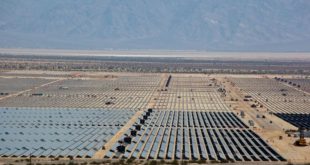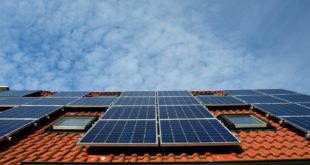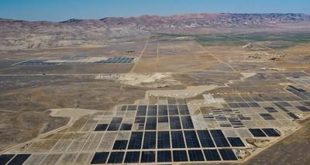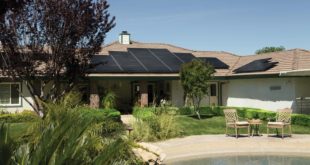Thin Film Solar Panels are made up of a lightweight and flexible material which can be rolled up and easily transported. Thus, they are very useful as a source of portable solar power.
The following are some basic facts about Thin Film Solar Panels:
Any person who has ever used a solar-powered calculator has had “hands on” experience with Thin Film Photovoltaics. This technology has been with us for years, creating the solar cell strips which are used to power calculators
Thin film technology has now evolved to a point where we can mass-produce solar panels, through the use of machines not unlike printing presses.
The substance used to “print” thin film solar panels is called solar ink.
Solar ink can be made in any color. In fact, it is possible to design the inks in such a way as to make use of different parts of the light spectrum.
Solar presses print thin film solar panels called solar rolls. A solar roll is 13 inches wide and can be up to 2400 feet long.
A solar roll can be cut to the required size after the solar ink has been printed onto it.
The electrical connections in a solar roll are automatically welded in by laser. This takes away a lot of the time which is required to construct our “conventional” solar panels.
Once solar technology reaches a cost effectiveness, of $1.00 per watt, its prices will be competitive with conventional fossil fuels. TFPV is rapidly approaching this benchmark and could possibly beat this in the near future.
Solar ink can be printed onto fabrics, plastics and metals, allowing one to design solar panels for a wide range of products, each tailored to their specific needs.
Thin film photo voltaic solar panels are not as effective as solid solar panels. It’s the fact that it is so much cheaper and lighter than conventional solar panels, that gives it the “edge”.
The U.S. military is extremely interested in the development of thin-film technology, and spent 1.7 million dollars at one laboratory last year in order to facilitate the development of thin film photovoltaics. It’s interested in using thin film photovoltaics for troop communication devices and to reduce the heat signatures when troops using conventional generators.
Solar shades and tents are now available, using thin film photovoltaics, that provide up to 2kw of power. This allows them to operate laptops, communication devices, TVs and much more.
Thin film photovoltaic devices are now widely available on the consumer market. A good example of this is the flexible Brunton SolarRoll which comes in several sizes.
A thin film flexible solar panel weighing less than a pound is capable of recharging a laptop. Due to its flexibility, it can be rolled up and transported easily.
Thin film photovoltaics are also a realistic source of emergency power. This makes them a handy and economic addition to emergency preparedness kits and wilderness survival kits.
Current research on thin film photovoltaics is aimed at increasing the power output of thin film solar panels, should it achieve this goal there is a very good possibility that we will have solved the problem cheap clean renewable energy.
For more information on solar power, visit Solar Power and Clean Energy.
[nms:solar panels] Alternative Energy HQ solar power for homes, wind energy, and bio fuel issues
Alternative Energy HQ solar power for homes, wind energy, and bio fuel issues






